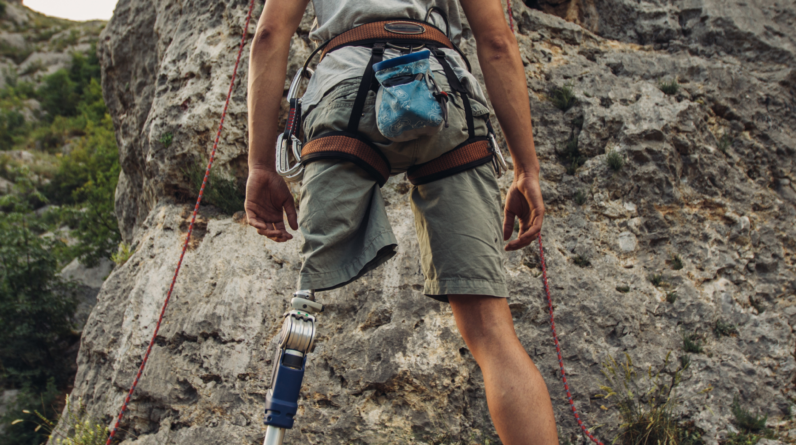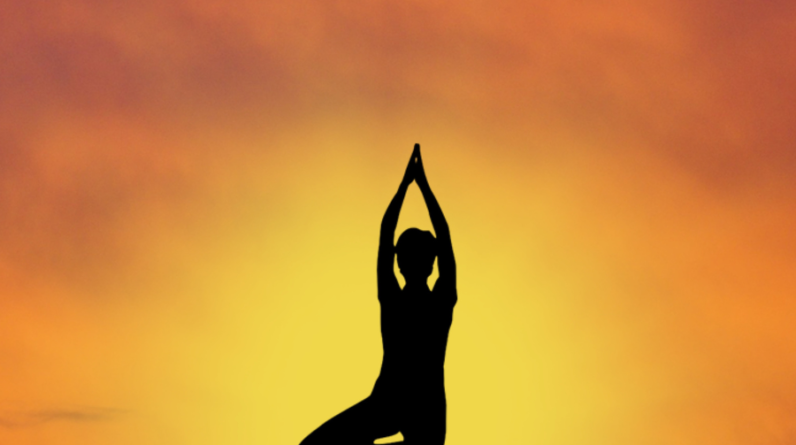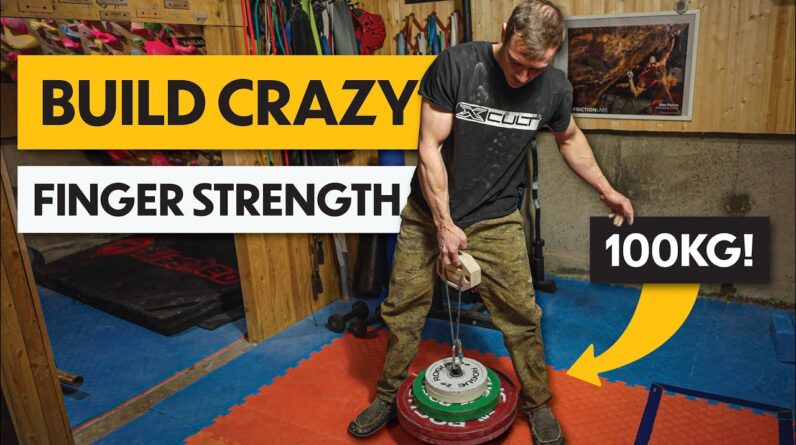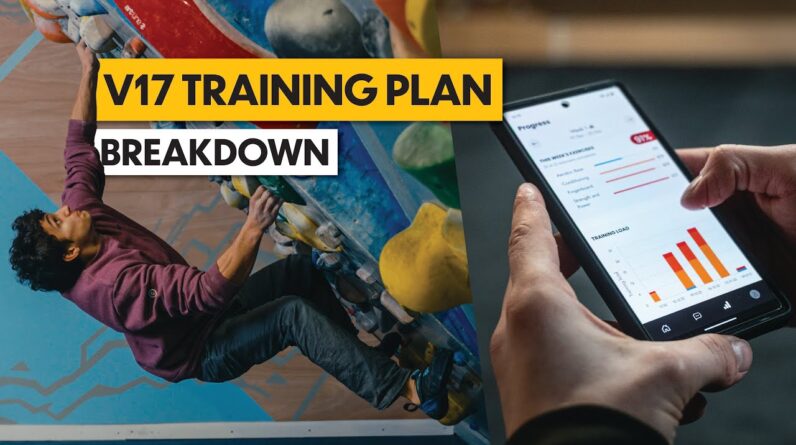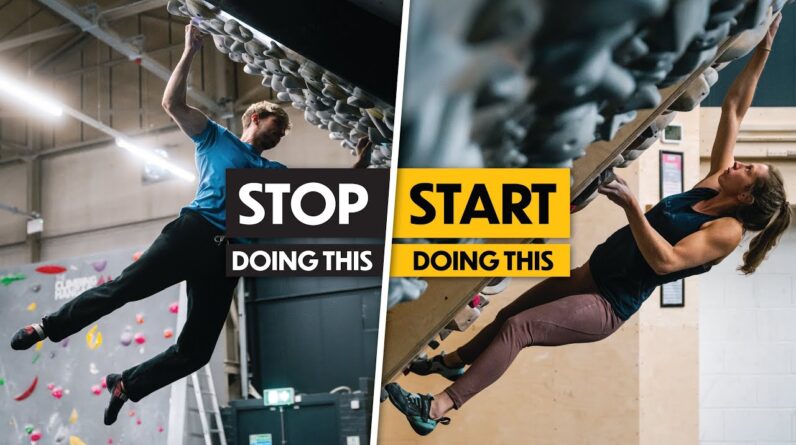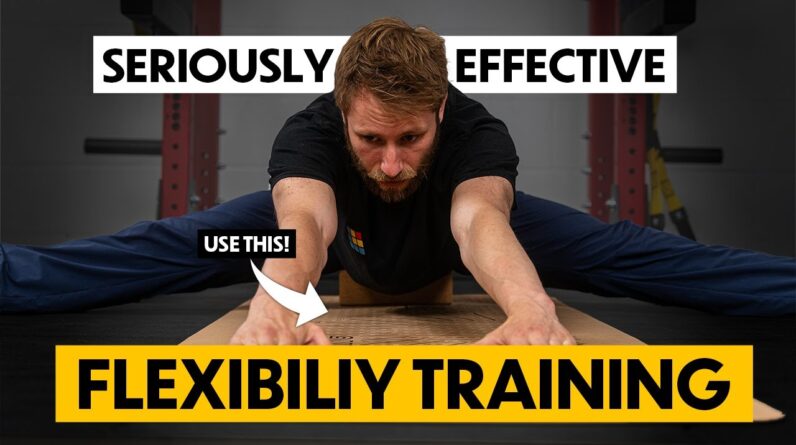
In part 3 of the plan writing series we are zooming in from the big picture and talking about how to pick the right sessions and exercises that will go into your training plan.
If you Google search training for Climbing you’re likely going to find Thousands of different options for Training exercises so where do you start In this episode we are talking about Training handwriting again and we’re Going to be going through how you pick The right exercises to go in your Training plan in the previous episode we Spoke about the big picture of planning This is going back to our painting Analogy the broad brush Strokes which is Going to set the foundation of your Painting this is the foundation of your Training plan in this episode we are Going to be adding in the details adding In the exercises and starting to plan Out our progression this is where we see That painting come to life when we ran Through a rough example of a training Plan in the previous episode you would Have seen that we had endurance and Pull-ups as the focus of that training Plan and although we tested them on a Hangboard and a pull-up bar these are Not necessarily the things we actually Want to get better at at the center of This we’re trying to get better at Climbing so hard pulling moves and Finger strength or crimp strength on the Wall so while we might use these simple And repeatable tests we are not going to Be using these exact exercises within Our training plan we’re going to choose
Different exercises based on the said Principle and also recognize good Heart’s law good heart’s law states that When a measure becomes the target it Ceases to be a good measure this means If we are training with the sole focus Of getting better at that test we’re Going to get caught up in being really Good at the test itself but maybe not Seeing that same transfer and ability or Performance to your actual climbing we Need to understand the limitations of These type of tests and only use them as A rough guide and way markers in our Training process we need to use our Intuition and experience to choose Exercises that will better our climbing But will also be picked up by the type Of Assessments we do along the way next We need to think about the said Principle this stands for specific Adaptation to impose demands and what This means is our body is going to adapt To the stresses we place on it but those Adaptations will be specific to the Stress so if we use a hangboard to Improve our finger strength or our Endurance we will best display that Strength and endurance on the hangboard Itself and the transfer to our climbing Will be limited relative to what we are Training there will of course be Carryover and transfer of using these Types of equipment to our climbing they
Are specific to a certain level but There are extra elements we need to Think about when it comes to climbing Like the movement the speed velocity and All the extra bits which come into Actually showing our strength with skill When on the wall So we shouldn’t take the specific part Of the said principle too literally Because there are lots of simple and Basic exercises that will have great Transfer to our sport for example There’s plenty of research showing Things like back squat can improve Performance of sprinting even though we Are moving at a different speed with Different Force there’s still carryover In the same way that pull-ups is going To improve our performance in climbing In addition to this many exercises can Have an indirect effect on performance For example injury prevention exercises Are going to help in the long run by Reducing those Force breaks from Climbing if you want to get really Detailed in the specificity of an Exercise we might look to make the Movement patterns the force vectors the Velocity and even the Energy System Contribution the same as the climbing Situation but to be honest this is Probably more reserved for advanced Climbers or an advanced level of Training plan this brings us to one of
The really big questions which is what Exercises or sessions should I use for My strength and conditioning if you are A self-coached I’m a really simple way To decide on the exercises that are Going to be appropriate for you it’s Going to be first looking at the Climbing context so the move or movement Pattern you’re trying to improve if it’s Straight down pulling the first question Is what joint actions are involved so This is going to be the elbow and the Shoulder as we pull down the second Question is going to be asking what Muscles are involved so in this position It’s going to be the biceps and lats Those are the primary movers of that Exercise the third question and final Question is going to be which exercise Is going to use those muscles in a Similar way or at least have a similar Movement pattern to the one we’re doing On the wall if we quickly look at Another example we could be thinking About undercuts and here we might be Looking at primarily the bicep which is Pulling up but also the lats and rear Doubts which is pulling in so we could Think about two exercises that might Work here which might be biceps curls And also low rows which is going to pull In and work those same muscle groups we Can also go for a very similar process When it comes to our climbing sessions
And which climbing sessions we want to Put into our training plan the first Question that should usually come up is How long are we spending on the wall for Example this is going to expose the Differences between a boulderer doing a Free-form move Boulder problem or Someone doing a 30 meter route the next Question is going to be how Intense or Sustained are these efforts even on a Short Boulder problem we can often find Rests with knee bars for example or on a Route it can be very sustained with no Rest or could have a No Hands rest in The middle essentially breaking it in Two this brings us to our third question Which is what type of energy systems are We utilizing in these efforts so if it’s Very short and sustained it’s going to Be very strength and anaerobic dependent If it’s very long perhaps with lots of Rests it’s also going to be very aerobic Dependent here it’s getting a little bit More complicated but I’m going to add in A fourth question which is can I Periodize the Energy System training or Am I close to a trip or a peak if I am Far away from my climbing chip or this Climbing season when I want to be in Good shape for I might look to actually Separate those Energy Systems and really Work on the base capacities so actually Not being highly specific to the route We are looking at however if you are
Fairly close to a trip maybe you’re just Six weeks out or even less than the type Of training you’re going to be doing in Terms of Energy System development is Going to be much closer to the actual Route or Boulder problem that you’re Trying to do let’s go back to our Example plan where we wanted to work on Endurance and pulling strength now Following the said principle we’re going To come up with some exercises for both Of these focuses for our endurance Session let’s say that we have a bit of Time before we want to be performing and In shape for a climbing trip this gives Us a bit of time to work on that base Aerobic capacity now the session we’re Going to choose is going to be on the Wall so that we can start refining our Climbing movement and building up those Hours of practice one of the most Important factors in building up your Aerobic base is spending a long time on The wall and building up those hours so What we’re going to do is we’re going to Be adding double laps into our training Session and this can progress in a few Ways as we try to meet that principle of Progressive overload so we can move to Triple laps maybe even quadruple apps or We can build up the number of sets we do As we approach a climbing trip or our Peak season we’re going to get more Strict about how specific these
Exercises to the goal at hand so as we Get towards the end of this plan we’re Going to move into something like on Sighting or red Point attempts because That’s what we want to be doing outside For pulling strength we are simply going To choose the pull-up because it’s very Simple to do and it’s still going to Have a great transfer over to our Climbing performance in the long run if Bodyweight pull-ups are challenging this Exercise wouldn’t be a good place to Start and it’d be worth checking out Some modifications and we’ve got a video Which I’ll link over here which we’ll Talk about body weight exercise for Beginners the climbing exercises in this Plan are looking to build intensity Towards the end of the 12 weeks and it Makes sense to do the same with our Strength and conditioning so in this Plan we might start with a higher rep Range but bring this down to a lower rep Range and look to be pulling more Overall weight to really recruit our Maximum strength in this movement in Some cases a training plan might Actually remove a lot of the strength And conditioning towards the end of the Plan and replace it with climbing wall Drills which are even more specific and If we’re focusing on pulling strength And power we might replace these Exercises with things like camping or
Footless bouldering the contribution of Energy System training also needs to be Considered based on your style of Climbing for example Boulders might have An 80 focus on building strength and a 20 focus on Base fitness root climbers Are going to have a greater focus on That Base fitness component however this Is also going to very massively Depending on the climbing silent area we Know different areas across the world Have massively different styles of Routes for example here in the Peak District we’re going to be more focused On building strength from that Bouldering ability whereas someone in Red River Gorge is going to have way More focus on building that long-end Endurance required for the sustained Nature of roots out there let’s look at The really basic plan that we started in The last episode and see how we can Build this out based on the principles Discussed in this video first you can See we have decided on some exercises to Train our endurance now these will first Build up in volume and then it’s going To taper down into more of a performance Focus as we reach the end of the plan This is going to help us build our General capacity and towards the end of The plan we’re going to work on Fine-tuning that capacity to be Expressed in the way we want for our
Performance throughout each four-week Block and across the whole 12-week plan We are going to build in volume Primarily and this is how we’re going to Build in that Progressive overload that We spoke about previously the fourth Week of every block is going to be a Deload week and this is going to help With our recovery and also have a little Break in the monotony of the training Plan in weeks 4 and 12 of this training Plan you’ll see we put in some tests and As we spoke about in the previous Episodes we are going to add these tests Just to check in on our rate of Development and see if we need to adjust Any of our training goals we have also Taken a similar approach to building up Our pull-ups by first building up the Volume in which we are completing Throughout the first two blocks and in That final four week period we start to Reduce the rep range and we’re pushing The intensity more than we are the Volume we decided that the standard Pull-up was a good exercise for this Training plan at this stage and we’re Confident that it meets the requirements Of our Performance Based on the said Principle the other parts of the plan That we had tested which was finger Strength and flexibility these are going To remain fairly static throughout the Plan really we’re just focusing on
Maintaining these parts so that we leave Time and energy for our body to adapt to The main focuses of training if you’re Looking for some inspiration for the Exercises that you want to include in Your training plan check out this Playlist over here because we think a Lot of these exercises are fundamental To training for climbing the final Episode in this series is coming out Soon so don’t forget to subscribe and We’ll see you next time Foreign [Music]

